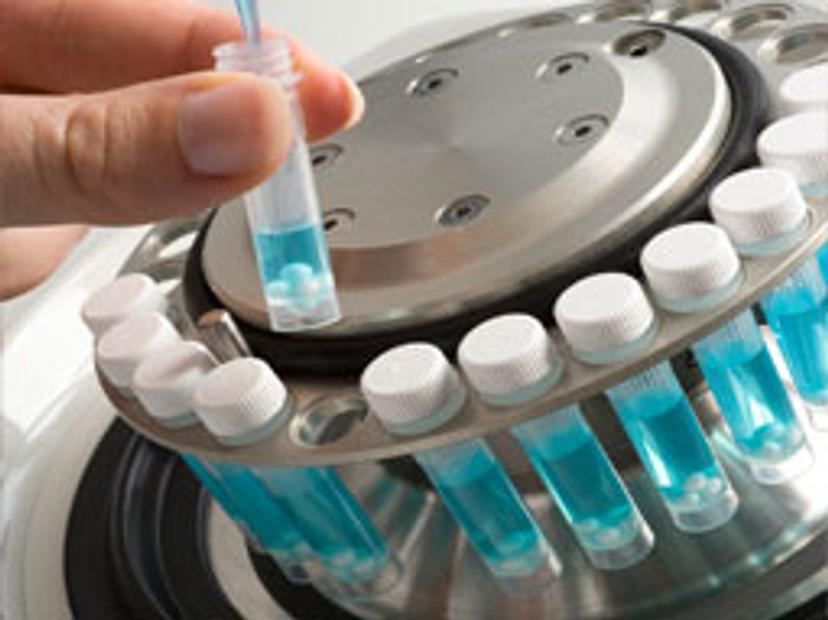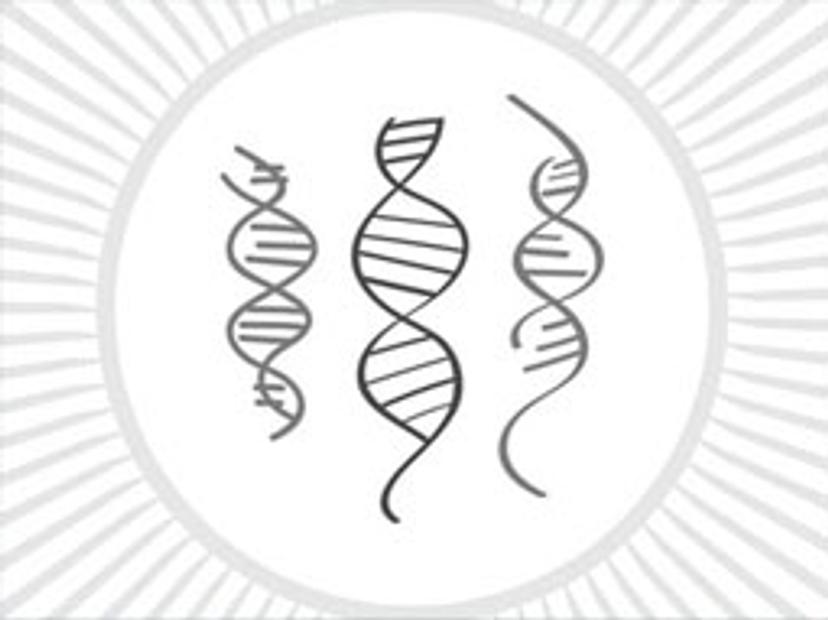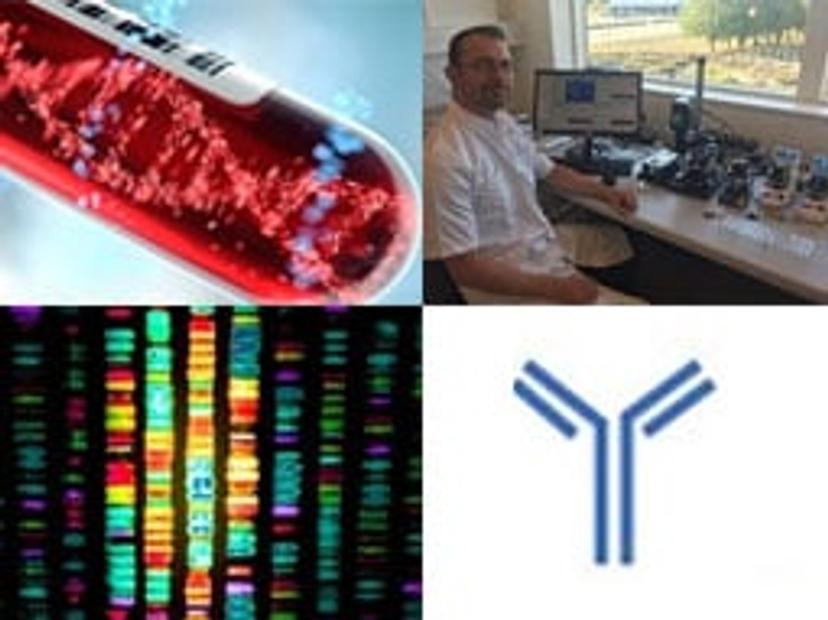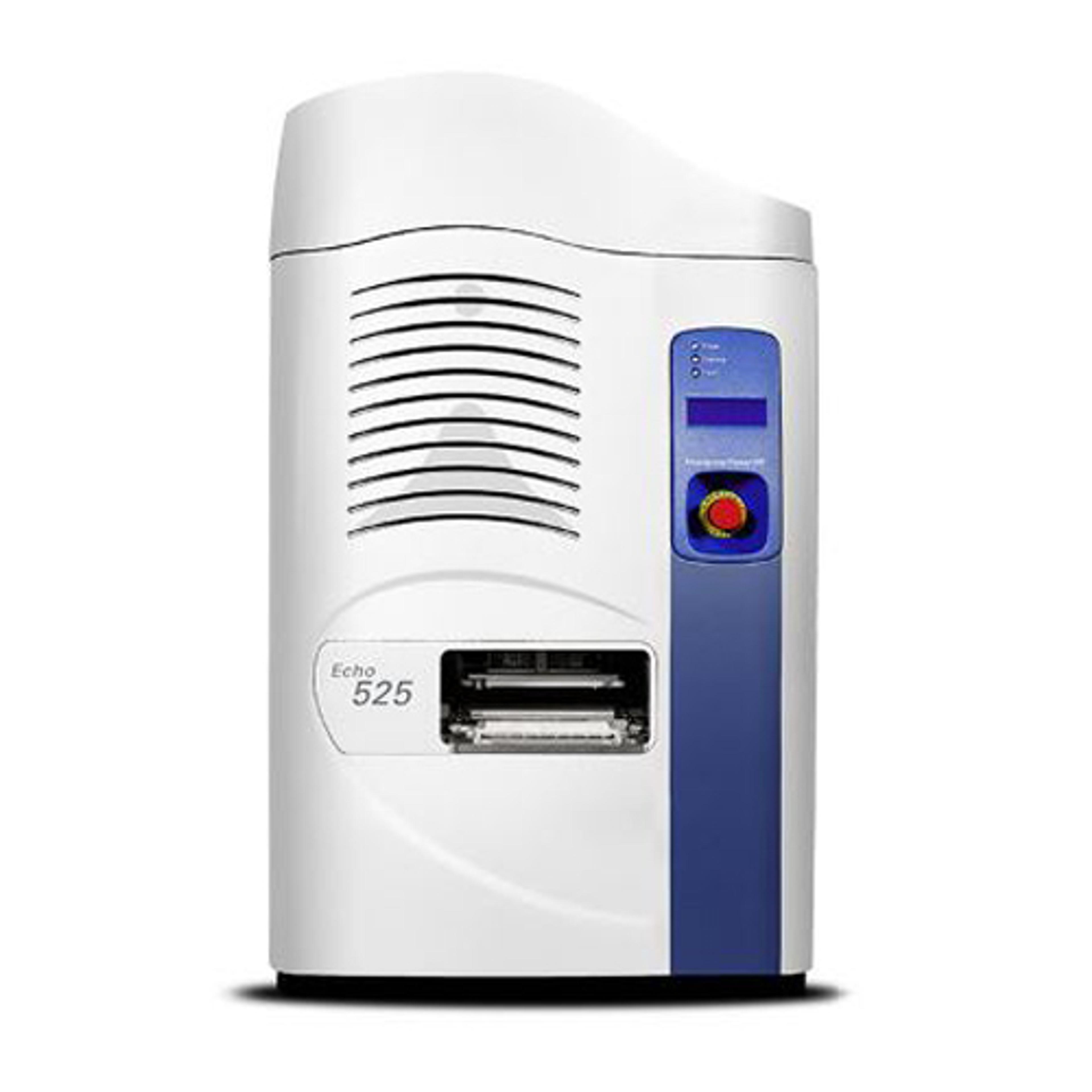Explore Eight of The Latest Advances in Next-Generation Sequencing Technology
In this SelectScience special feature, learn about the latest in next-generation sequencing (NGS) technologies and techniques
1 Nov 2018

Welcome to the Next-Generation Sequencing SelectScience Special Feature, showcasing the latest technology and guidance for preparing samples for NGS, quality control and whole genome sequencing methodology. Learn from the experts by watching our webinars on demand, downloading application notes, viewing the videos, and reading key NGS articles.
Read on to learn more about:
- Next-generation sequencing sample preparation
- Controlling next-generation sequencing sample quality
- Picking the right technology for your lab
- News trends in next-generation sequencing
NGS sample preparation
Expand and accelerate your research

Sequencing of the human microbiome is becoming of increasing importance when considering its implications for health. A vast amount of information can be uncovered using whole genome sequencing and analyses, helping to link the microbiome to human health, pathogenicity, and antibiotic resistance.
In this technical note, we look at whole genome sequencing of microbial communities for scaling microbiome and metagenomic studies and discover how the Echo® 525 Liquid Handler by Labcyte can help to miniaturize whole genome sequencing of microbiomes. This application aims to open a cost-effective route to understanding the implications of the human microbiome on health and disease.
Maximizing RNA quality for effective sequencing

Obtaining high-quality RNA is a mandatory requirement for performing RNA sequencing. In this application note, we explore the preparation of high-quality total RNA samples from whole and partial mouse kidney for gene expression analysis.
Using the Precellys®24 Tissue Homogenizer by Bertin Instruments, this method demonstrates how to achieve efficient total RNA extraction from an organ with resulting high RNA quality and integrity, ready for RNA sequencing and gene expression analysis.
Single-cell tumor analyses
Learn about how microfluidics has been used to develop single-cell genomics solutions to help characterize the genome heterogeneity present in tumors. In this presentation, Dr. Jill Herschleb, Associate Director at 10x Genomics, explains how crucial sample quality is for single-cell sequencing and explores the challenges faced in obtaining this quality.
Cost-effective NGS library preparation
Learn from Stuart S. Levine, Director of the MIT BioMicro Center, and Sagar, Postdoctoral Fellow at the Max Planck Institute of Immunobiology and Epigenetics, about how to improve the efficiency of miniaturized, high-throughput NGS library preparation and single-cell transcriptomics and the latest trends in genomics lab automation. Catch the webinar on demand now, or read our webinar highlights.
Controlling NGS sample quality
Achieve sample quality control

Genomics product specialist, Justus Olijslager, highlights the importance of sample quality control for NGS in saving costs, time and complicated data analysis. In this presentation, Olijslager describes how the quality control of starting materials effects downstream workflows and impacts the value of NGS data. Watch the presentation now, the webinar on demand now, or catch the highlights.
Avoid sequencing alignment errors
While multiplex NGS is revolutionizing the understanding of health and disease, it is not without its complications. A key requirement of sequence multiplexing is the correct assignment of index sequences to their corresponding libraries. In this webinar, NGS scientist Brad Hehli discusses how index misalignment can lead to the production of false positives and introduces a new method to avoid this misalignment and streamline your multiplex NGS workflows. Watch the webinar on demand now, or read our webinar Q&A highlights.
Picking the right technology for your lab
How to buy next-generation sequencing technology

There are several main suppliers of NGS instruments, sharing similar fundamental sequencing processes, but varied by the technology used. In our free guide, we provide expert insight and the essential information you need to help guide you through investing in the best NGS technology for your laboratory.
Automating next-generation sequencing
When considering cancer biology and the clinical applications of NGS, generating sufficient amounts of target DNA for analysis when working with formalin-fixed paraffin-embedded (FFPE) tissue samples can be a real challenge. In this editorial article, we consider these challenges and how applying effective automation technology to NGS workflows may help to eliminate costly human errors due to pipetting and missteps during manual processing.
Trends in NGS
Explore our selection of the biggest news stories in NGS:

Precise Detection and Quantification of Promoter Mutation Prevalent in Many Cancer Types
Roche Launches NGS AVENIO Tumor Tissue Analysis Kits for Oncology Research
New Expressed Lentiviral Barcode Libraries and Barcoded CRISPR Libraries Available from Cellecta
New Circulating Tumor DNA Reference Standards
Exploring Personalized Treatments for Bladder Cancer with scRNA-seq
ESCAPE™ RNA Sequencing Technology for Combined Single-Cell RNA and Protein Analysis
Ares Genetics Initiates AI-Powered Infectious Disease Test Development

